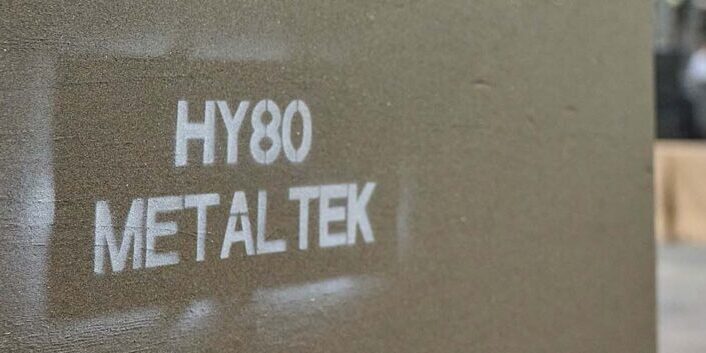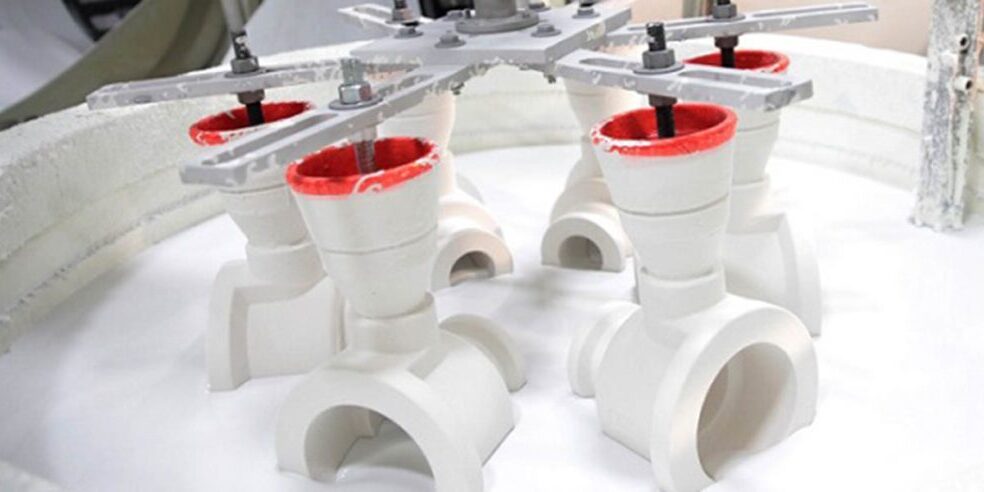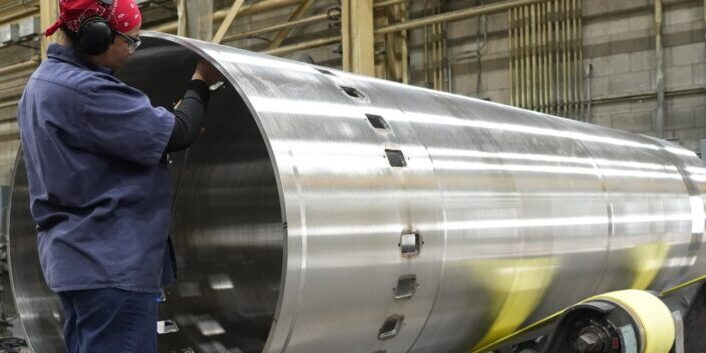Blog Metal Casting vs. Metal Forging: 5 Things to Consider
By: Dave Olsen
While metal casting might be the best process to manufacture a wide range of components, depending on your needs, the forging process could be the best option. Or vice-versa. This is why it helps to know the key differences between forging and casting. So here are 5 things to consider when deciding if a casting or forging is right for your component, application, and overall needs.
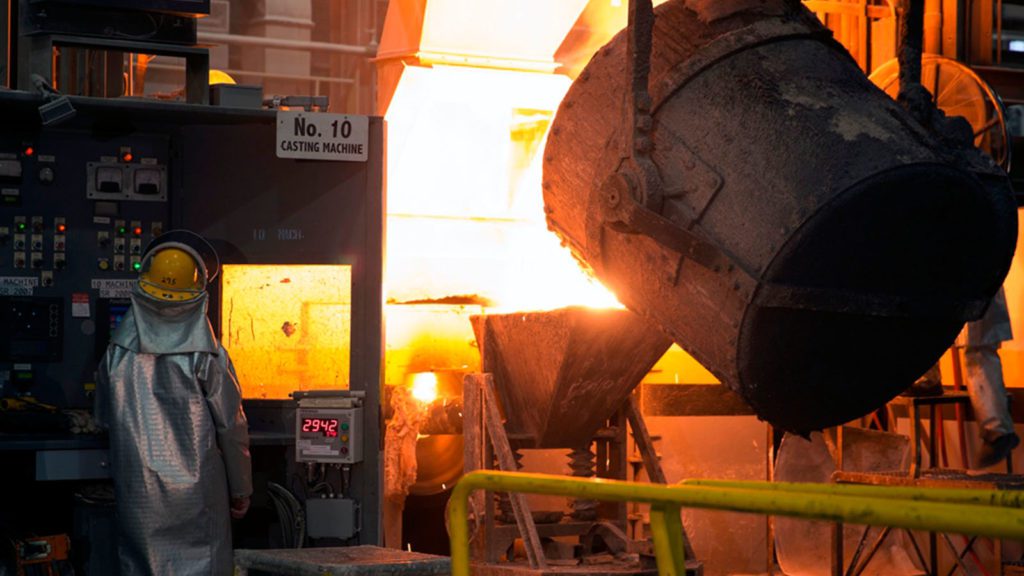
1. Size of the Finished Product
One of the more notable differences between metal castings and forgings is the maximum size of a finished product. The process of forging moves metal while it is still in a solid-state. This requires a tremendous amount of force to modify the original shape of the metal and the force needed drastically increases as the size of the section gets larger. Since castings start out as liquid molten metal, it can flow into nearly any shape or size if there is a mold that matches.
Another consideration pertains to the weight of the parts. If there are two identical parts, one made by casting and one by forging, the casting will usually be lighter than the forging. As a result, conversions from forgings to castings typically result in a weight reduction.
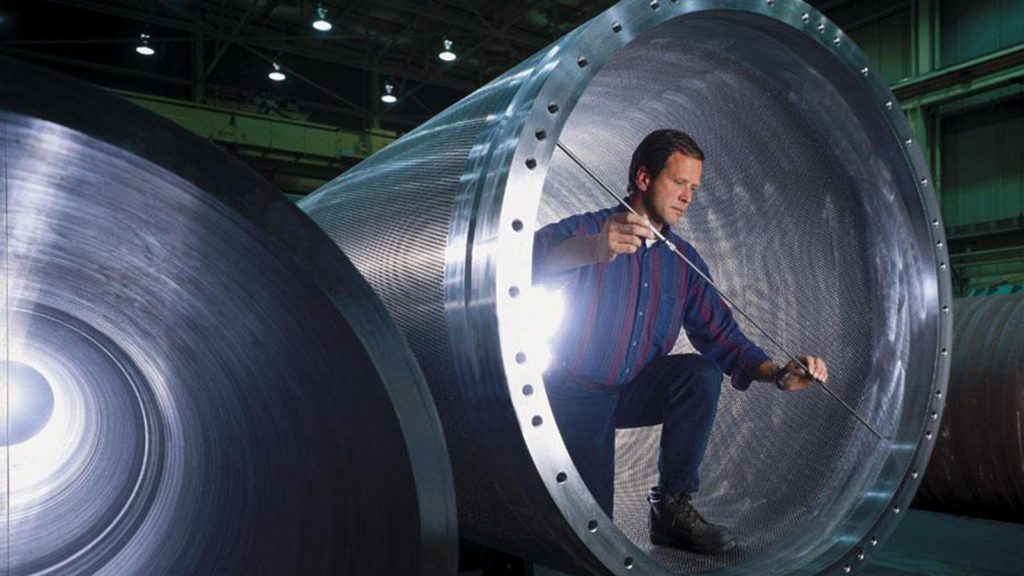
2. Design of the Component
When it comes to designing a part for either a casting or forging, some characteristics to evaluate include:
- Part complexity
- Tolerances
- Grain structure
- Structure integrity
When assessing the complexity of a part, forgings can be limited. Small details and internal cavities are sometimes difficult, if not impossible, to shape in the forging process.
Alternatively, the beginning liquid nature of a casting creates a distinct advantage for complex shapes in that it can easily flow into small, detailed areas. Part of this benefit also comes from the reduced machining required after casting because of the details that are present in the original casting.
In the design and prototype phase of a program, castings are more cost and time-efficient. Changing a small detail in the casting pattern of a component is much easier than a forging die.
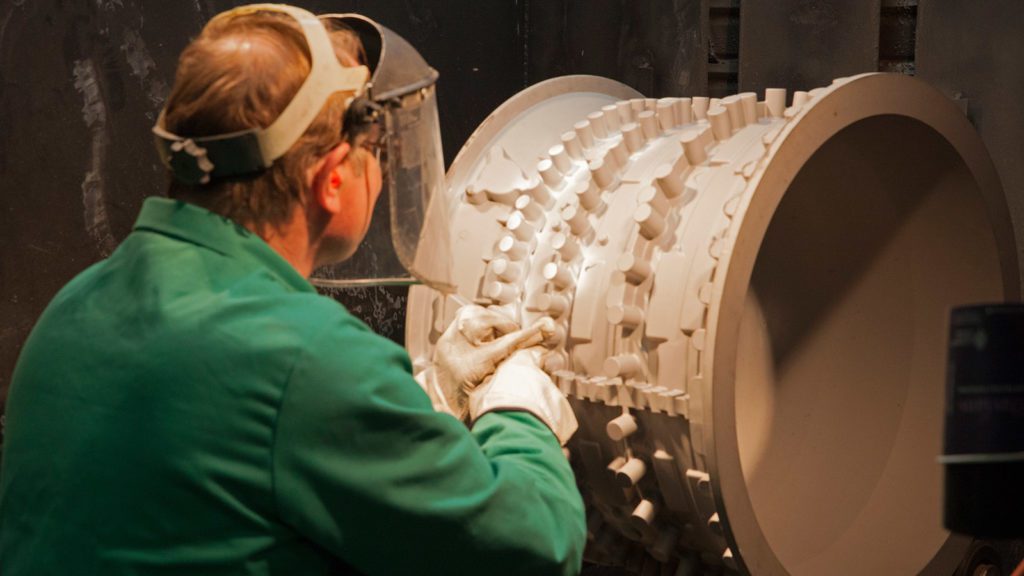
3. Alloy Selection
A prominent difference when it comes to castings vs forgings is the availability of alloys to use. In forging, the components are made from billets produced at a steel mill. These mills generally only manufacture a specific number of grades and alloys.
In comparison, castings are melted and poured at the foundry making special alloy costs more manageable. When choosing alloys and a manufacturing process, an important consideration is the desired ferrite content. Ferrite, in controlled amounts, has characteristics that make it more corrosion resistant than a similar forging.
4. Internal Strength of the Component
Another characteristic to consider relates to the internal structure and strength of the component. The forging process alters the grain structure and can “aim” or “point” it in a particular direction creating a directionally strong component. Forged parts are anisotropic (contains different property-measurement values in different directions) while castings are isotropic (contains similar property-measurement values in all directions).
Deciding between the two processes depends on the application it will be used for; forgings will typically be stronger in a particular direction, but castings are stronger uniformly throughout.
When the application involves frequent impacts, a forging will retain its shape longer, if a uniformly strong component is needed for the application, a casting will perform better.
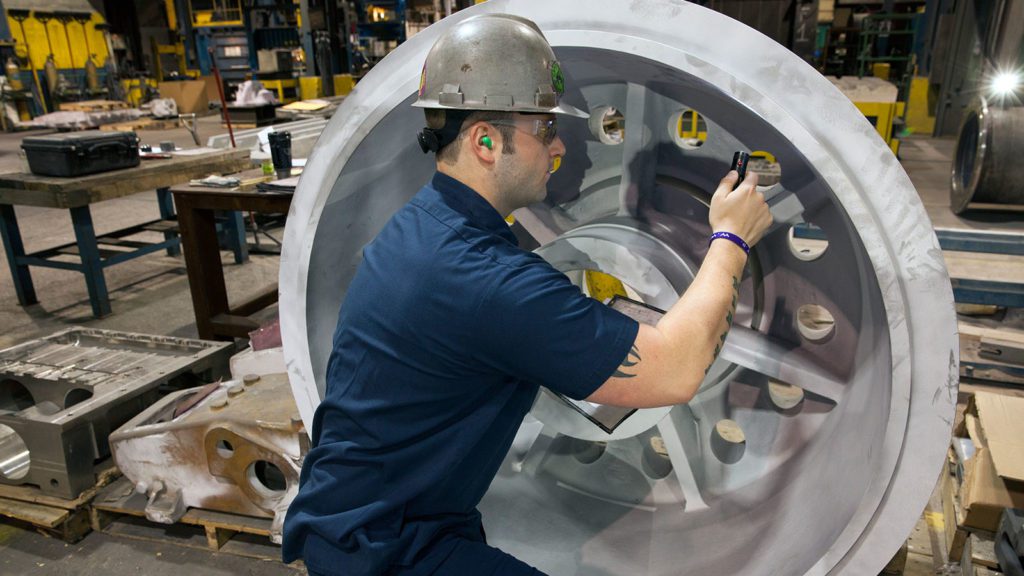
5. Cost of Castings vs. Forgings
The price of castings vs. forgings depends on multiple variables, each of the processes are less expensive in some cases and more expensive in others. Various factors that play into the price of a part are:
- Production volume
- Alloy
- Shape complexity
- Specific process of casting or forging
- Specifications including required testing
Forgings are most cost effective for medium to large lot sizes. Castings can be effectively purchased in small, medium, and large lot sizes.
Raw material costs for castings are generally lower than forging since the initial process of casting ingots and processing them into billets is eliminated.
Tooling for most centrifugal castings and open die forgings (ODF) is not required. For closed die forgings (CDF) tooling can be expensive. For high volume applications, purchasing dedicated tooling is a good idea for all processes as it will reduce the per-piece cost.
It is a good idea to buy castings machined since the foundry can cost effectively recycle machining chips through re-melting. Since that benefit doesn’t exist for forgings, it’s best to buy them in the as-forged condition. Machining rates for castings are comparable to forging for most alloys. However, due to finer grains in forgings, some nickel-based alloys and stainless steels have better machinability.
Since the cost comparison of metal castings vs. forgings depends on many variables, you should have discussions with leading companies in the casting and forging industry to discuss your specific project and obtain quotes for both processes.
Advantages of Metal Casting Process
- Metal castings have an extremely high upper size limit in casting weight (if none).
- Large range of alloy choices.
- Tooling costs in the metal casting process are often less expensive than forging dies.
- For forgings, custom alloys are more difficult to produce whereas with casting, alloys including nickel, chrome, and moly can be added at the melting stage.
- Smaller production runs are not a problem.
- Extremely adaptable to mass production needs.
- Complex parts and/or thin walled parts are typically not a problem.
- Liquid metal can be formed into variety of shapes, allowing greater flexibility in part design.
- Modifications of part designs and molds are easier and quicker to implement.
- Post-casting results are close to design specifications, reducing time spent on secondary processing/operations.
- Cast parts are typically lighter than forgings.
- Lead times can be shorter, especially in the case of centrifugal castings.
Advantages of Metal Forging Process
- Metal Forgings generally, have higher mechanical properties and better ductility (depending on alloy).
- Will typically handle impact better than castings.
- Continuous grain flow and finer grain size.
- Forging metal usually eliminates the occurrence of porosity, shrinkage, cavities, and cold pour issues.
- Greater wear resistance due to grain flow.
- In some cases, metal forgings can be cheaper than castings.
Summary
In the world of manufacturing metal components, there is no “one size fits all”. Depending on your specific metal component, its application, and your overall needs, either a casting or forging could be the best fit. You may have some metal requirements for which casting is the best fit but forging for others. Ultimately, the best way to determine which process is best for your specific requirements is to consult with the manufacturers.
If you think metal casting might be a fit for your application, give us a call or submit a request for quote.

